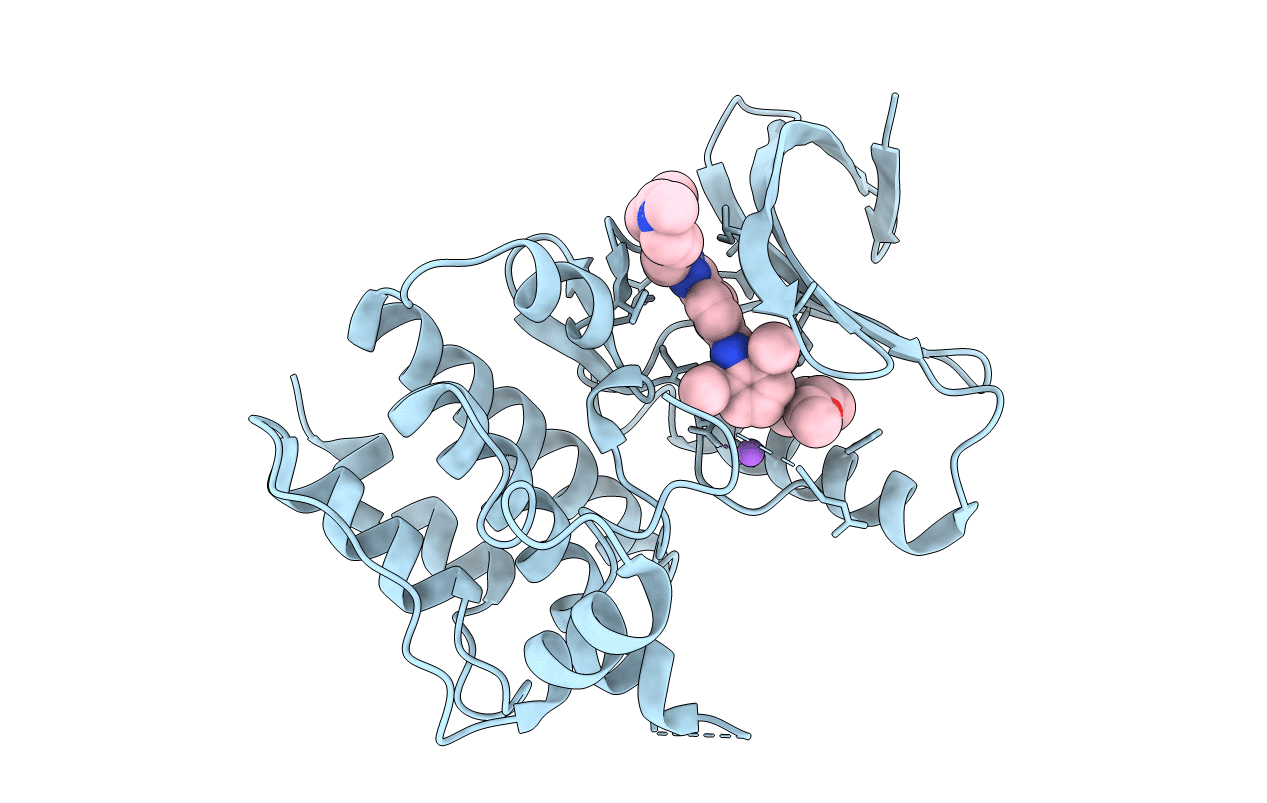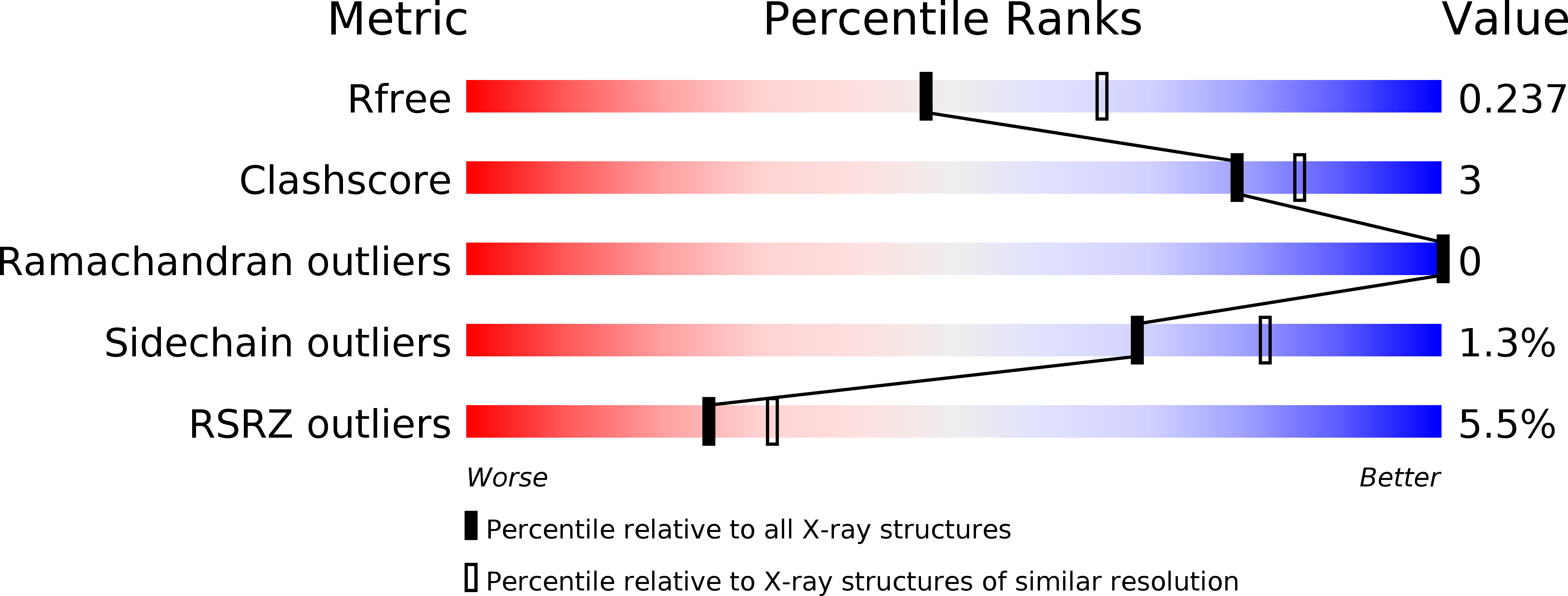
Deposition Date
2017-02-23
Release Date
2017-05-31
Last Version Date
2024-10-16
Method Details:
Experimental Method:
Resolution:
2.29 Å
R-Value Free:
0.23
R-Value Work:
0.19
R-Value Observed:
0.19
Space Group:
I 2 2 2


